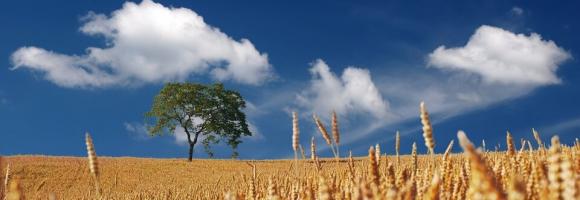
How much potential impact may agriculture land use in a protected area have on the habitats, species and ecological processes therein? By identifying protected areas with low pressure from agriculture, it is possible to highlight locations that are likely to better conserve the ecosystems, species and ecological processes that are associated to more pristine conditions and that are more sensitive to the direct and indirect impacts from this form of human land use. On the other hand, by identifying protected areas with a relatively high percentage of cropland, it is possible to suggest in which locations it is a priority to implement measures that enhance the compatibility of crop production with biodiversity conservation. These measures may include promoting less intensive agricultural practices or retaining natural vegetation remnants within and between crops, which may contribute to provide habitat resources and to facilitate the movement of species across otherwise impermeable landscapes.
Indicator unit: The API assesses the percentage of the surface of a protected area that is covered by cropland.
Area of interest: API has been calculated for all protected areas, countries for each terrestrial protected area of size ≥ 1 km2 and for the terrestrial parts of each coastal protected area of size ≥ 1 km2 as well as their 10 km unprotected buffer zone (for buffers, values are computed and reported only for protected areas of size ≥ 5 km2 ). We further show trends regarding the percentage of agricultural land at the country level.
---
Data Uploaded by Luca Battistella using the Digital Observatory for Protected Areas Services (2022)